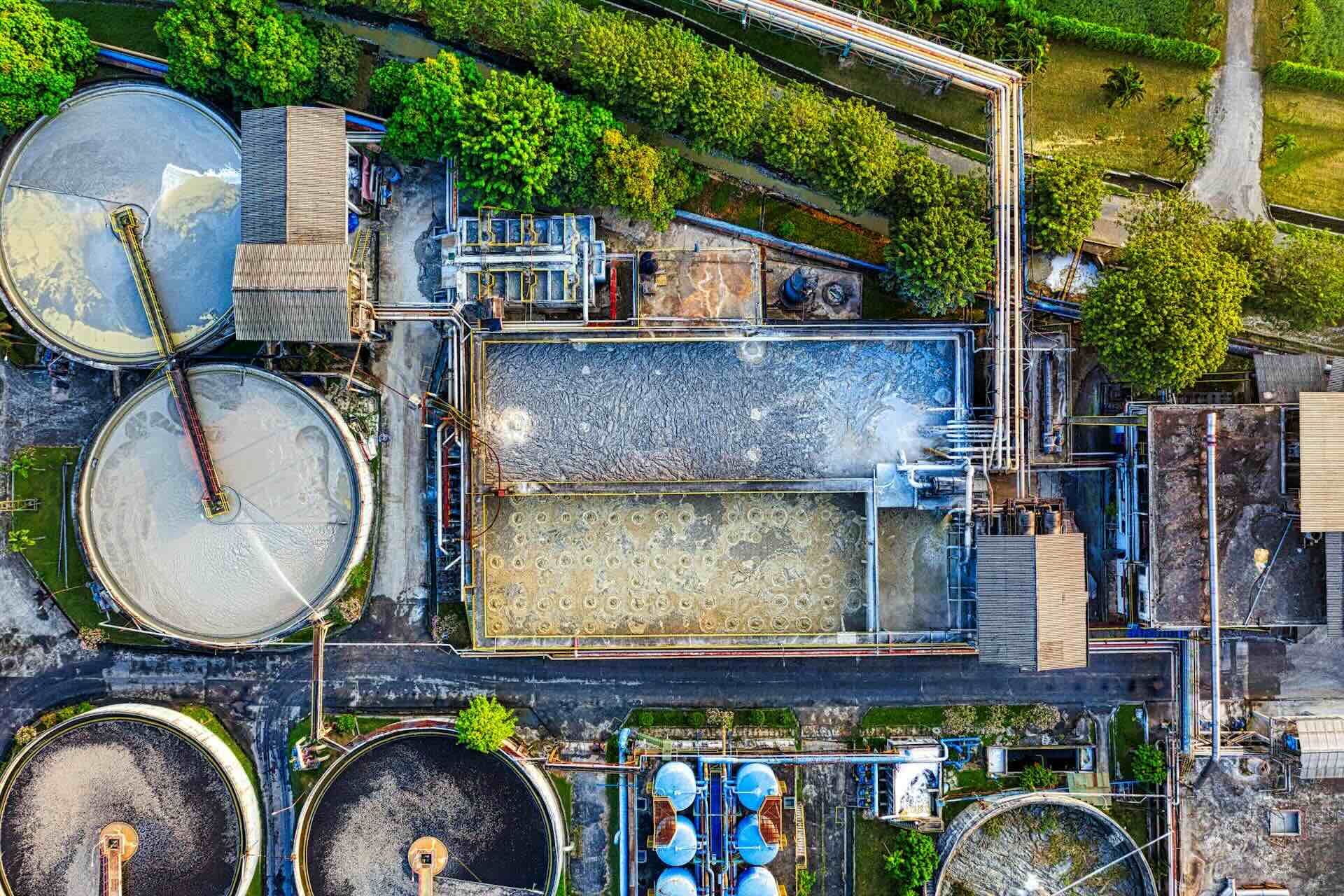Investor demand for information about corporate risks relating to water has more than doubled since last year, according to an organisation that sets international standards on environmental disclosures. Aidan Lupton, a Senior Revenue Recovery & Special Projects Analyst at Sustainable Energy First, examines what this means for industry, and the role of water disclosure in the future.

The CDP, formerly the Carbon Disclosure Project, is a charity running the world’s only independent disclosure system. It gathers data on companies’ environmental impact by asking them directly to disclose it through its annual Non-Disclosure Campaign (NDC). This year’s NDC has seen a 122% increase in requests relating to water.
Financial institutions representing over $21 trillion in assets have joined the call for more data on water-related impacts and risks. Companies targeted include Apple, Amazon, Ryanair and easyJet.
Why does water disclosure matter?
Investors and regulators increasingly recognise that environmental questions can affect the viability of a business. If this kind of information is withheld from investors on a large scale, this could be a threat to the global economy. That’s why the Financial Stability Board created the Taskforce on Climate-related Financial Disclosures (now superseded by the ISSB) and why new sustainability reporting standards are in the pipeline. But the early focus was on climate and emissions. A June 2024 briefing from the CDP suggests that nature-related financial risks are less well understood.
According to the briefing, water is the dominant nature-related financial risk. The CDP estimates that water risks could threaten 7-9% of global GDP. Many industries, including textiles and electronics, have an outsize water consumption footprint. If nothing changes, the report predicts a 40% global shortfall in the supply of fresh water by 2030.
Water shortages are a key driver of drought, famine and civil unrest. Unpredictable water supplies can also affect the manufacturing of many goods and the production of hydroelectricity. But because these risks are not fully priced into financial markets, there is not sufficient financial incentive to act. Businesses continue to waste water through avoidable leaks and pollute water sources.
Water as a risk
The CDP is not a regulator and its requests for information are not legally binding. But it has the backing of investors who control trillions of dollars. This year’s dramatic increase in questions about water risk is evidence of a changing investor focus. The regulatory environment is likely to encourage more nature-based disclosures in future too.
Businesses should be thinking now about how their activities depend on a water supply and where that supply is from. The thinking should be twofold; consider how water affects your business and vice-versa. This means thinking about various questions, including:
- What steps are you taking to avoid wasting water, e.g. through leaks?
- Are you doing everything you can to minimise the water usage of your business?
- What are the water-related risks to your business and what are your contingency plans for these? For example, what happens if water rationing begins in an area where your business operates?
- How are you using your influence on suppliers to support their sustainable use of water?
- Is your business causing water pollution?
This is not an exhaustive list, but these are the kinds of issues that businesses should be considering now. Collecting this information is the first step towards the kind of robust water policy that investors need. More importantly, responsible use of water is vital in a world where water scarcity and pollution is already a life-threatening problem for many.
Access to clean water is one of the most serious issues we are likely to face as a result of climate change. Our role, most especially in industry and commerce, is essential to minimise the risk by not wasting this precious resource. Where possible, we must find the means to recycle or capture water from other sources.













